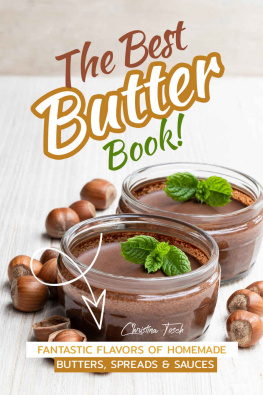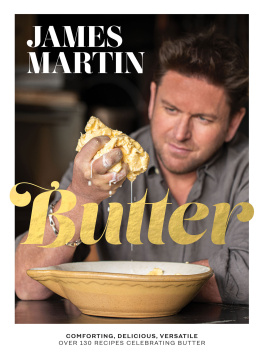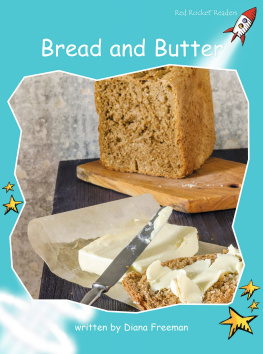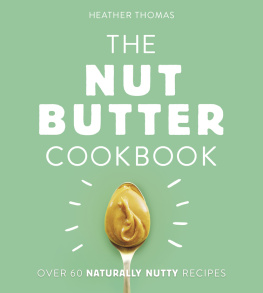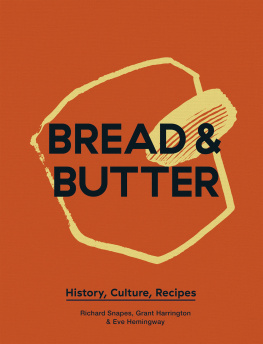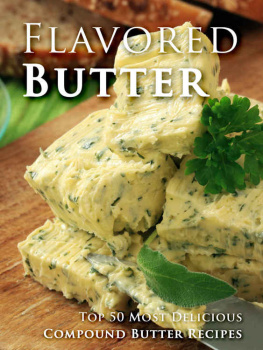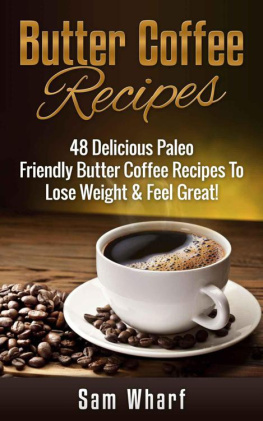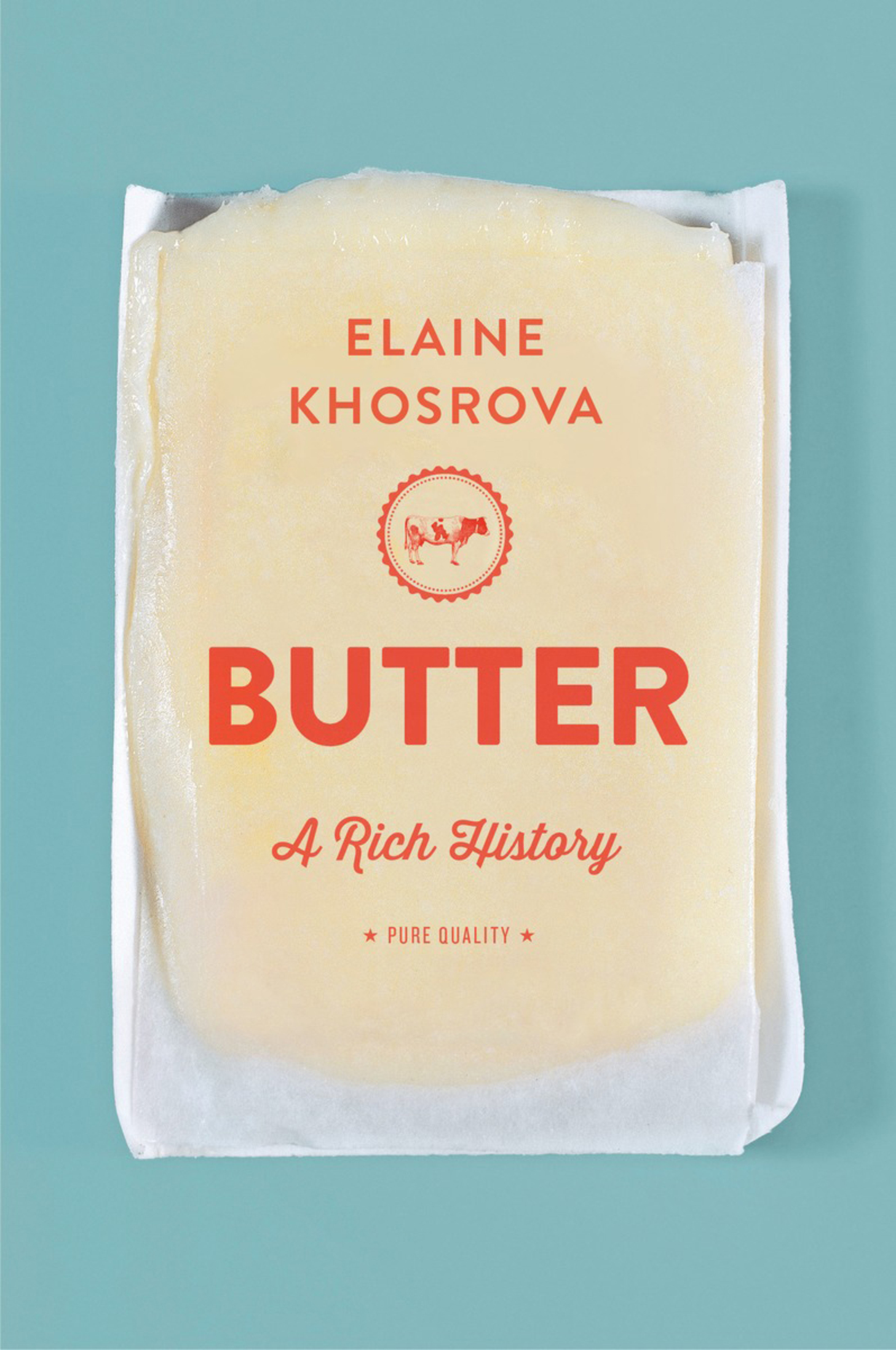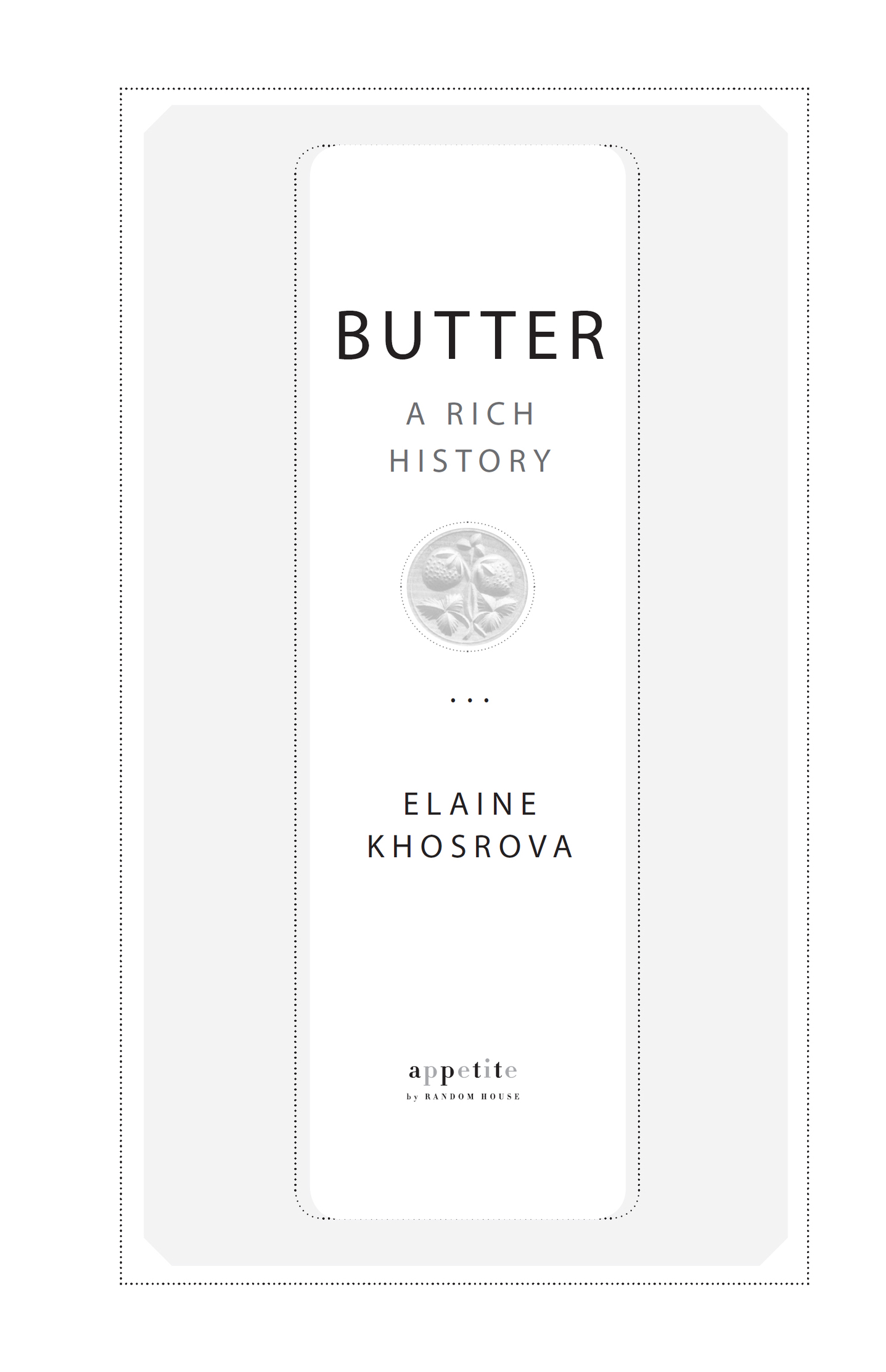Contents
Copyright 2016 by Elaine Khosrova.
All rights reserved. The use of any part of this publication, reproduced, transmitted in any form or by any means electronic, mechanical, photocopying, recording or otherwise, or stored in a retrieval system without the prior written consent of the publisheror in the case of photocopying or other reprographic copying, license from the Canadian Copyright Licensing Agencyis an infringement of the copyright law.
Appetite by Random House and colophon are registered trademarks of Penguin Random House LLC.
Library and Archives Canada Cataloguing in Publication is available upon request.
ISBN: 9780147530509
eBook ISBN: 9780147530516
Butter, 1996 by Elizabeth Alexander, first appeared in Body of Life, is used by permission of Elizabeth Alexander.
Cover design: Gabriele Wilson
Cover image: Dave Bradley Photography/Getty Images
Published in Canada by Appetite by Random House, a division of Penguin Random House Canada Limited.
www.penguinrandomhouse.ca
v4.1
a
To my parents,
Clare, who first buttered my bread,
and Eugene,
who taught me to savor it.
BUTTER
a poem by Elizabeth Alexander
My mother loves butter more than I do,
more than anyone. She pulls chunks off
the stick and eats it plain, explaining
cream spun around into butter! Growing up
we ate turkey cutlets sauteed in lemon
and butter, butter and cheese on green noodles,
butter melting in small pools in the hearts
of Yorkshire puddings, butter better
than gravy staining white rice yellow,
butter glazing corn in slipping squares,
butter the lava in white volcanoes
of hominy grits, butter softening
in a white bowl to be creamed with white
sugar, butter disappearing into
whipped sweet potatoes, with pineapple,
butter melted and curdy to pour
over pancakes, butter licked off the plate
with warm maple syrup. When I picture
the good old days I am grinning greasy
with my brother, having watched the tiger
chase his tail and turn to butter. We are
Mumbo and Jumbos children despite
historical revision, despite
our parents efforts, glowing from the inside
out, one hundred megawatts of butter.
CONTENTS
PART ONE
The Story
PART TWO
The Recipes
PROLOGUE
N ORBU MARCHES UP THE STEEP SLOPE, TRYING TO catch up to his mother. The three-year-old carries a small bowl and a look of determination. His blue plastic boots slip often on the dewy turf, but he steadies himself and keeps on, his little body leaning into the tall rise of earth. The boy is headed toward a flat ridge about two hundred yards above where a small herd of yak are gathered. This is a familiar hike for Norbu; every morning he makes the ascent to claim his breakfasta bowl of warm yak milk that his mother will dispense from the animals.
By the time the boy reaches the ridge, his father, Kado, and mother, Choney, have just begun their daily two-person operation of plein air milking. Norbu knows to stand by as this familiar negotiation of man and beast unfolds. He climbs a wobbly side of the small bamboo-fenced corral surrounding a group of restless calves. Inside, his father ropes one of the young animals by the neck and leads it out a makeshift gate, pushing back other calves that crowd near the opening. Theyre hungry for the milk of the mother yaks lingering outside the fence.
But Choney takes the first share of milk. With a wooden pail hung from a rope around her neck, she aims to collect about six gallons of raw, whole milk to fill her churn for butter making this afternoon. Here in Bhutan, yak butter is a virtual currency, the gold of nomadic highland yak herders like Kado and Choney who sell or trade it for rice, tea, barley, and other bare necessities. As the number of these high-altitude herders dwindles in Bhutan, the appearance of yak butteroften bundled in thick green leaves and tied with bits of stringis increasingly rare in the towns and cities. Norbus parents can sell theirs for twice the price of cows butter made in the valleys. Locals place a premium on handmade yak butter not just because its traditional but because its considered healthier and better tasting, especially in their su ja (black tea whisked with butter and salt). Having loyal customers in the lowlands, Choneys butter is often sold even before shes churned it.
But before this precious butter can be made, let alone change hands far below in the valley, the female yak (locally called dri [pronounced dree])must first be induced to give their milk to the cause. That is the work this early morning, like countless mornings before. Mother dri dont readily cooperate with milking, even when its a routine maneuver as it is for this herd. Maternal instinct dictates that they withhold the milk in their udder for a calf. So to start the let down of milk this morning, Choney and Kado use an ancient dairy ploy: One at a time, Kado brings a calf out of the corral, prompting its mother to slowly sidle up alongside her babe. (Domesticating these massive animals is all about shepherding their offspring; yaks will never desert their young.) Kado allows the calf to suckle for a minute, which triggers the release of milk. Then he quickly pulls the young animal off the teat with his rope as Choney steps in; she briefly strokes the flank of the dria kind of preemptive milking signaland then kneels beside the udders. She wears a full-length Bhutanese kira, essentially a wrap skirt with a red fleece jacket and red wool cap; its August, but the temperature hasnt yet edged above 40F. As Choney sits on her heels, balancing the pail in her lap, she begins milking by first wiping the dris teats with a wet rag. She wraps her fingers around two teats and alternately pulls and squeezes in a fast, steady rhythm. Dual streams of milk swish into the pail.
The calf, meanwhile, strains against the rope to be with its mother, hungry for more milk. But its mom is indifferent now; she stands placidly as if being milked by Choney is somehow hypnotic. Beneath her thick horns, she gazes east at the horizon. Under a cobalt sky the rounded arcs of land covered in whiskery grass repeat endlessly, endlessly; for the yak, it represents a continuous buffet.



